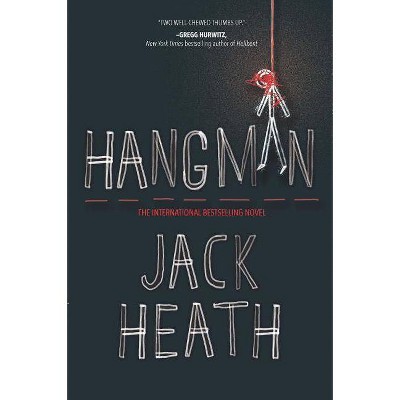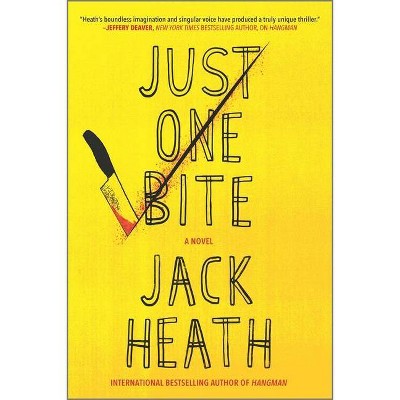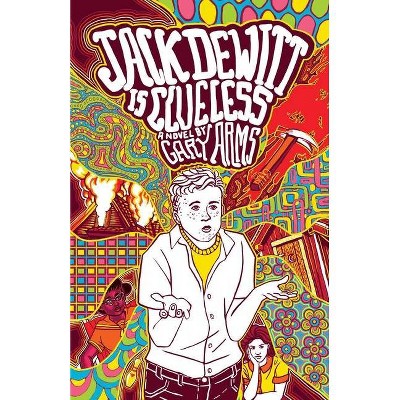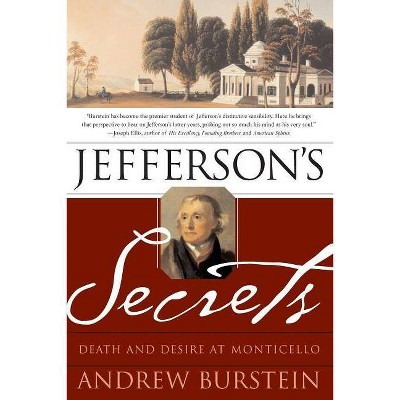Jefferson's Poplar Forest - by Barbara J Heath & Jack Gary (Paperback)
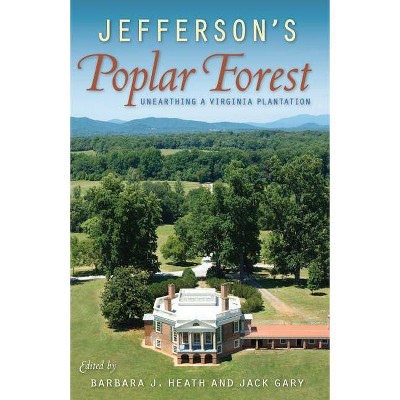
Similar Products
Products of same category from the store
AllProduct info
<p/><br></br><p><b> Book Synopsis </b></p></br></br><p><b>One hundred years in the life of a founding father's 5,000 acre "retreat"</b></p><p>"Poplar Forest embodies the culmination of Jefferson's vision of the American agricultural ideal. This highly readable volume introduces us to the people, objects, and landscapes of Poplar Forest in the tumultuous period between the Revolution and the Civil War. <i>Jefferson's Poplar Forest</i> presents a remarkably multidimensional portrait of the estate as a personal retreat, a designed landscape, a plantation, and a home and workplace for enslaved African American families."--Lu Ann De Cunzo, University of Delaware</p><p>"With their productive commitments to long-term and interdisciplinary research, the contributors draw upon the traditional themes of slavery and plantation landscapes but imbue those with new energy through incorporating the issues of ecology, identity, agency, and consumerism."---Douglas Sanford, University of Mary Washington</p><p>Thomas Jefferson once called his plantation Poplar Forest, "the most valuable of my possessions." For Jefferson, Poplar Forest was a private retreat for him to escape the hoards of visitors and everyday pressures of his iconic estate, Monticello.</p><p> <br><i>Jefferson's Poplar Forest</i> uses the knowledge gained from long-term and interdisciplinary research to explore the experiences of a wide range of people who lived and worked there between the American Revolution and the Civil War. Multiple archaeological digs reveal details about the lives of Jefferson, subsequent owners and their families, and the slaves (and descendants) who labored and toiled at the site. From the plantation house to the weeds in the garden, Barbara Heath, Jack Gary, and numerous contributors examine the landscapes of the property, investigating the relationships between the people, objects, and places of Poplar Forest.</p><p><br> As the first book-length study of the archaeology of a president's estate, <i>Jefferson's Poplar Forest</i> offers a compelling and uniquely specific look into the lives of those who called Poplar Forest home.</p><br><p/><br></br><p><b> Review Quotes </b></p></br></br><br>"[The] reader is left eager to embark on his or her own journey to inquire more about the rich topics surrounding Thomas Jefferson's post-presidency life, American formal gardens, plantation archaeology, historical ecology, and slave life in the Middle Atlantic region."--<b><i>Historical Archaeology</i></b><br><br><br>"Adds to our understanding of the complex and often-fluid relationships between master and slave, as well as master and landscape."--<b><i>Virginia Magazine of History and Biography</i></b><br><br><br>"Although Poplar Forest is best known for its association with Jefferson, this volume provides new insights into the daily lives of the slaves who labored on his behalf."--<b><i>Southeastern Archaeology</i></b><br><br><br>"Cutting edge. . . . Produce[s] a much clearer picture of what life at an important Virginia plantation was like in the early years of the republic."--<b><i>American Archaeology</i></b><br><br><br>"Tell[s] how multiple archaeological digs have unearthed details about the lives of Jefferson, subsequent owners and their families--and the slaves who worked on the plantation and their descendants."--<b><i>Richmond Times-Dispatch</i></b><br><br>"The everyday, seemingly unremarkable artifacts of life as it was lived at Poplar Forest provide perhaps some of the most powerful evidence for a new kind of understanding of the third president and, to some extent, late 18th and early 19th century plantation life. . . . A book that truly does discover 'something new' about Jefferson by placing him in the kind of context his writings do not always do."--<b><i>Northeast Historical Archaeology</i></b><br><br><p/><br></br><p><b> About the Author </b></p></br></br><p><b>Barbara J. Heath</b> is associate professor of anthropology at the University of Tennessee and author of <i>Hidden Lives: The Archaeology of Slave Life at Thomas Jefferson's Poplar Forest</i>. <b>Jack Gary</b> is director of archaeology and landscapes at Poplar Forest.<br> </p>
Price History
Price Archive shows prices from various stores, lets you see history and find the cheapest. There is no actual sale on the website. For all support, inquiry and suggestion messagescommunication@pricearchive.us
